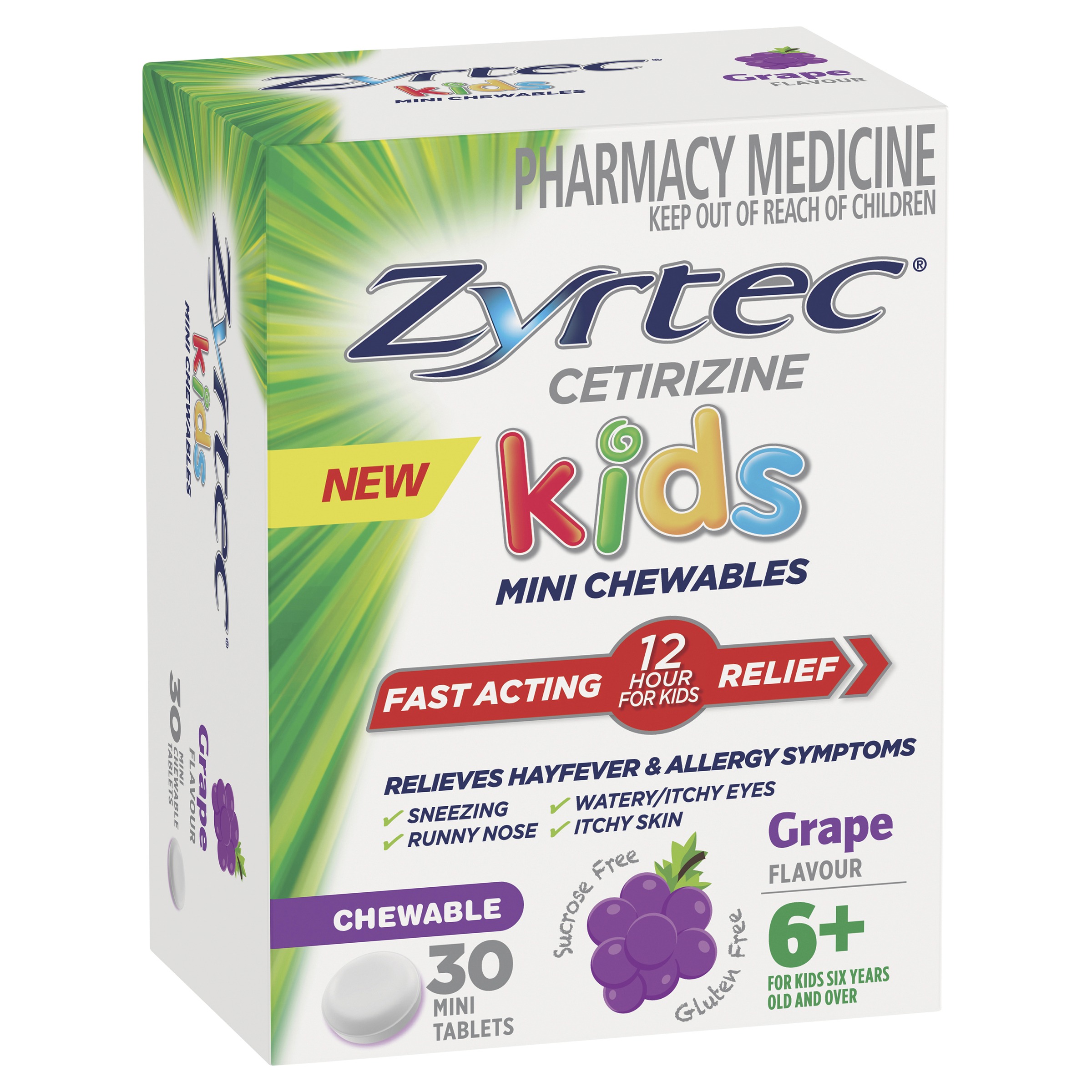
If your patient is struggling with persistent headaches and sinus pain, allergies could be the cause.
Case study
Anh, a concerned mother, presented at the pharmacy seeking pain relievers for her 7-year-old son, Khoa, who had been complaining about headaches. He had described them as ‘his head hurting’. Anh had also noticed her son was rubbing his eyes and had some congestion, which resulted in him snoring at night. These symptoms were all affecting his sleep and his ability to concentrate at school. Ahn was worried about her son’s headaches and the dark circles that had developed under his eyes and hoped to find suitable pain relief so he could get on with his daily activities.
The consultation
Before recommending pain relief, you ask Anh a series of questions to identify potential contributing factors for her son’s condition and to determine if pain relief medication is the best treatment option.
Key questions to ask
Medical history:
- Does Khoa have a history of allergies or asthma?
- Does anyone in your family have allergies or asthma?
Duration of symptoms:
- How long has Khoa been experiencing these headaches?
Symptom pattern:
- Are the headaches worse at specific times of the day?
Nasal symptoms:
- Does Khoa experience nasal congestion or breathing difficulties at night?
- Have you noticed an increase in sneezing or runny nose lately?
- Does Khoa have any post-nasal drip or coughing, especially at night?
Sensory irritation:
- Does Khoa complain of itching in his nose, eyes or throat?
- Do headaches coincide with other symptoms such as sinus pressure?
 Environmental factors:
Environmental factors:
- Have there been any recent changes in your living environment?
- Do you have pets in your home? If so, do Khoa’s symptoms worsen when they’re nearby?
- Have you noticed any improvement in Khoa’s condition when he’s away from home?
Timing of symptoms:
- Are Khoa’s symptoms worse in the morning or at night?
Current approaches:
- What have you been doing to manage Khoa’s headaches?
- Have you tried any allergy avoidance strategies?
- Has Khoa used any nasal sprays or other medications for congestion?
Current medical status and medications:
- Does Khoa have any other health conditions?
- Does Khoa currently take any medication?
The diagnosis
As Anh answers your questions, a clearer picture of Khoa’s condition emerges. Khoa has been experiencing headaches for the last month since he started a new school, with symptoms worse in the morning and at night. While paracetamol resolves some of the symptoms for a while, they keep returning. Anh also mentions that Khoa has been sneezing more frequently, complains of a blocked nose and often wipes his nose in an upward motion. His symptoms seem to improve on weekends when he’s not at school.
Based on this information, you suspect that Khoa might be suffering from allergic rhinitis due to an allergen present at school, which is likely contributing to his sinus-related headaches and poor sleep. Anh was surprised that her son’s symptoms could be related to allergy, as she had assumed the headaches and accompanying tiredness were related to him settling in to his new school.
The treatment plan
You recommend a treatment plan to tackle the root cause of Khoa’s allergic rhinitis, which should help alleviate his sinus-related headaches. With proper treatment, Khoa can manage his symptoms and reduce the frequency and intensity of his headaches. Alongside managing environmental exposure you recommend:
- Zyrtec Kids Antihistamine Allergy & Hayfever Chewable Tablet Dosage: 1 Tablet every 12 hours. Tablets should be chewed, not swallowed whole.
- You also recommend a saline nasal spray to help clear nasal passages and reduce congestion,1 and children’s paracetamol if Khoa requires headache relief.2
The outcome: Reduced headaches and higher concentration levels
After implementing the treatment plan, Anh reports a significant improvement in Khoa’s condition within a few weeks. The frequency and intensity of his headaches have decreased dramatically, and he’s now able to concentrate better at school and sleep better at night. His congestion has improved and the dark circles under his eyes have disappeared.
|
|
References
- Approach to management of allergic rhinitis, [December 2020; amended July 2024]. In: Therapeutic Guidelines. Melbourne: Therapeutic Guidelines Limited.
- Overview of pharmacological management of acute pain [December 2020; amended August 2022]. In: Therapeutic Guidelines, Melbourne: Therapeutic Guidelines Limited.
- Goniotakis I, Perikleous E, Fouzas S, Steiropoulos P, Paraskakis E. A Clinical Approach of Allergic Rhinitis in Children. Children (Basel). 2023;10(9):1571. Published 2023 Sep 19. doi:10.3390/children10091571
- Wise SK, Damask C, Roland LT, et al. International consensus statement on allergy and rhinology: Allergic rhinitis.



 AP
AP











